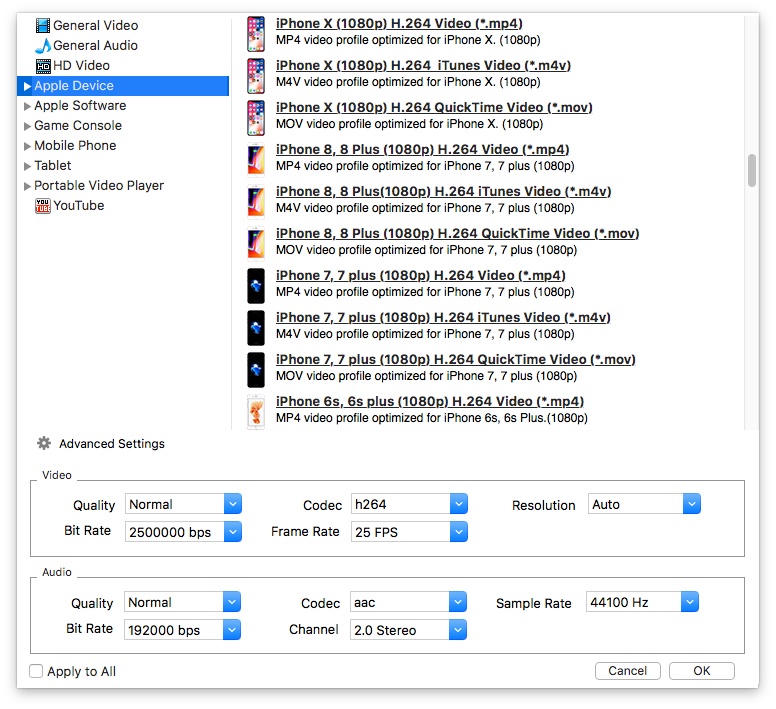Posted by Greg MIlls
The last year has seen the launch, crash and burn of the supposed iPad killers cheerfully announced at recent trade shows. There were, by some counts, as many as 100 touchscreen iPad wannabe contenders presented in one show alone. Prototypes and actual production units are not the same thing. Mock-ups are not that hard to produce and a lot of the concept tablets were just glass and painted Bondo.
One tech writer for “ZDNET” has speculated that the entire category of touchscreen tablets is a dead duck while the Apple iPad thrives. The notion is that consumers are smart enough to understand that there is the genuine iPad and touchscreen tablets of lessor stripe. The market value of the TouchPad works out to be about 1/3 the cost of producing them. TouchPad had to be cut to US$99 to sell rabidly like a $500 iPad.
With a big gun like HP throwing in the towel on the entire touch screen category after spending billions of dollars to buy Palm, engineer and build the TouchPad, the launch, crash and burn effect in less than 6 weeks might just sour consumers interest in anything not Apple. (See http://www.zdnet.com/blog/hardware/hp-single-handedly-destroys-non-ipad-tablet-market/14340 .)
HP isn’t alone in seeing well engineered tablets fail as comparisons with iPad is the standard to which all touchscreen tablets are judged. That judgment is harsh and hard to survive. The problem is, that the engineering of the tablet is only one part of the overall platform. There has to be a great operating system and, finally, the apps that are the reason for the first two elements. A tablet without apps is just a paperweight.
The lack of apps is perhaps the biggest problem iPad competition faces. Developing the software to enable the creation of apps and an on-line store that will monazite the effort is critical. That is were the fragmented app store infrastructure of Android fails. More Android apps are pirated than sold. The HP Palm platform was launched with a very short supply of apps, all of which are now orphaned.
If consumers are jaded about platforms that are potentially going to be abandoned, developers are much more savvy and risk adverse in that regard. Taking a smartphone back when the platform fails is one thing. Spending months and a lot of money developing an app for a platform that is almost immediately abandoned is another.
The long list of operating systems will be shortened considerably over the next year or so, as there are simply too many out there to be fully supported by the developer community. Samsung is now looking at reducing its dependence on the bag of hurt Android OS and dusting off its proprietary Bata OS. \It seems like the failure of one OS gives birth to another OS, also doomed to fail.
RIM’s PlayBook is as good as dead, just due to poor sales to consumers and even cell phone networks that refuse to carry the device. The PlayBook is so important to RIM they are willing to continue to flog a dead horse and not admit they have also come up lame in competing with the iPad. Mobile is the future for computers and the entire industry is painfully aware of that fact. HP is only the first to make major changes to survive. RIM may be bought up soon for its patents by a bigger player.
When HP pulled the plug on the TouchPad they also killed the Palm platform. They denied they were really doing that and that they intend to continue to push that platform. My question is, if HP couldn’t successfully launch the well-engineered TouchPad and Palm Pre running the Palm OS, who can succeed?
The Palm OS is dead as a mackerel that stops twitching, the eyes are glazing over already. That you can run the Palm OS on an iPad on a “sandbox” run time app is really meaningless. Why bother when you need all that overhead to do something the iOS is at least as good at anyway? What does it matter that the Palm OS runs twice as fast on an iPad than on the device it was written for? Apple sure doesn’t give a hoot about Palm.
Microsoft reminds me of the donkey in the first “Shrek” movie jumping up and down shouting, “Choose me, choose me!” They gave the Palm OS developers who were foolish enough to develop for the Palm platform a new Windows phone and developer software to help them develop for their minor league mobile platform. Even Microsoft was amazed when as many as 500 Palm developers took them up on the offer.
To Palm developers out there who took the shaft on creating Palm apps that are now worthless, beware. Microsoft has already abandoned the Kin platform and is slowly dropping its older mobile OS in favor of their newer mobile OS. Only time will tell if the last minute offering from Microsoft will ever get past the 5% market share. The only sure thing is the Apple iOS.
That is Greg’s Bite.



